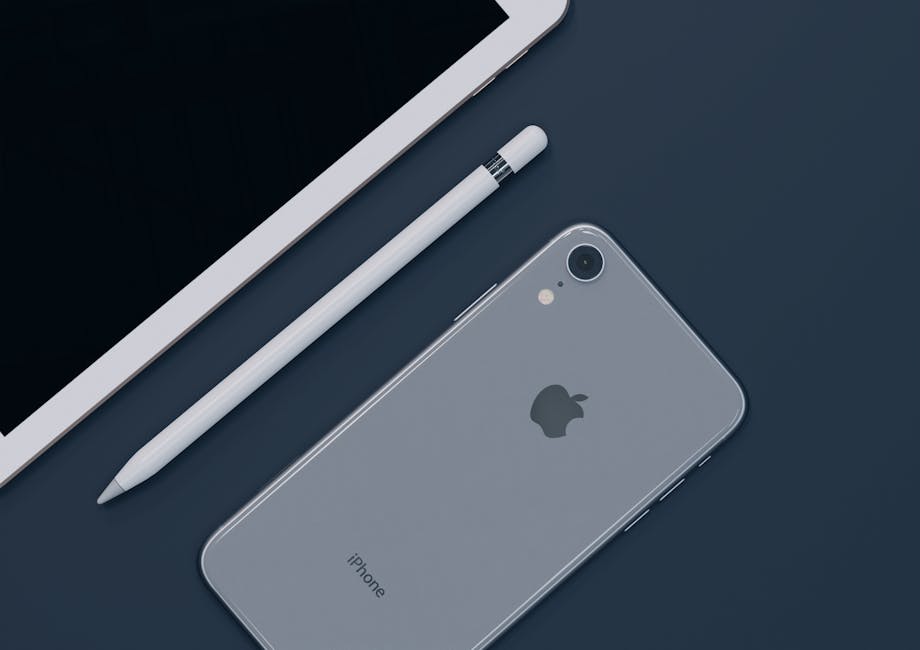
The buzz around Apple’s rumored iOS 26 is palpable, but a new, potentially game-changing battery life optimization tool has sent ripples of concern through the iPhone community. While the prospect of extended battery performance is undeniably alluring, early reports suggest that this advanced functionality might not be compatible with a significant number of older iPhone models.
Apple has historically done a commendable job of supporting its devices for extended periods, but the increasing demands of cutting-edge software and hardware optimization can present challenges. This new battery tool, designed to intelligently manage power consumption at a granular level, is reportedly leveraging advanced AI and machine learning algorithms that may require more robust processing power and updated internal components than some older iPhones possess.
The implications are significant. For users clinging to beloved older devices, this could mean facing a difficult choice: upgrade to a newer iPhone to access the latest battery enhancements or continue using their current device with potentially reduced battery efficiency compared to the latest models. The exact specifications of the tool and the list of compatible devices have yet to be officially confirmed by Apple, adding to the speculation and anxiety.
Experts are divided. Some argue that this is a natural evolution of mobile technology, pushing the boundaries of what’s possible and encouraging a cycle of innovation. Others express concern about planned obsolescence, suggesting that such compatibility limitations could be a tactic to drive sales of newer devices, potentially leaving loyal customers behind.
What does this mean for you? If you’re an iPhone user, it’s worth keeping a close eye on official announcements from Apple regarding iOS 26. Before you eagerly download the update, check the compatibility list and consider your current iPhone’s age and performance. The promise of a longer-lasting battery is tempting, but ensuring your device can actually handle the upgrade is crucial. The future of your iPhone’s battery life might depend on it.

